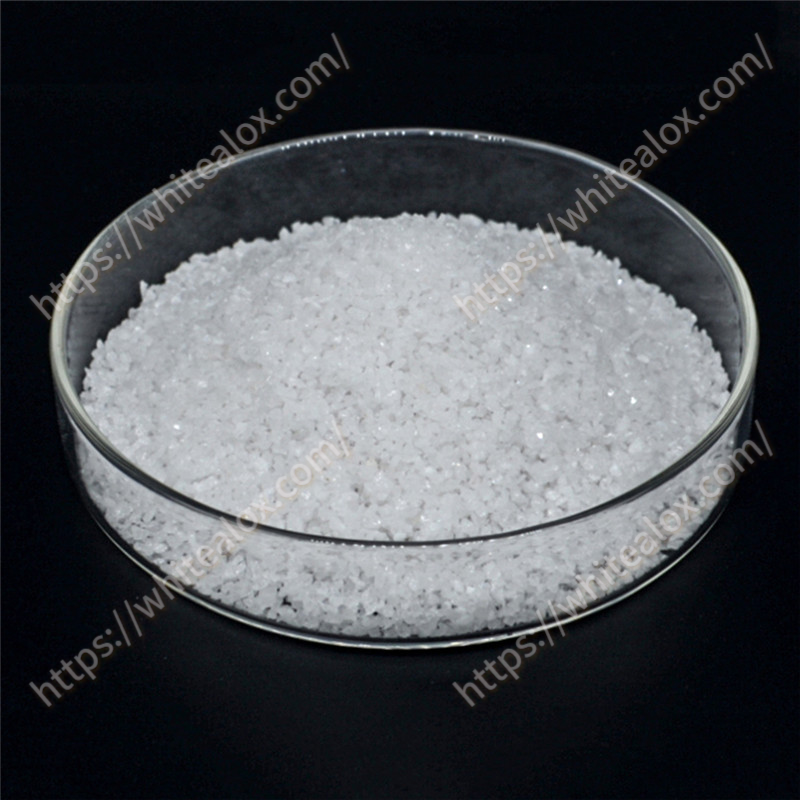White Fused Alumina (WFA) is a high-purity refractory material produced by fusing high-quality alumina (Al₂O₃) in an electric arc furnace at temperatures above 2000°C. It is widely used in refractory applications due to its excellent thermal stability, high mechanical strength, and resistance to chemical corrosion.
Key Properties of White Fused Alumina for Refractory Applications:
High Purity (Al₂O₃ ≥ 99%) – Low impurities (SiO₂, Fe₂O₃, Na₂O) ensure superior refractoriness.
High Melting Point (~2050°C) – Suitable for extreme high-temperature environments.
Excellent Thermal Shock Resistance – Resists cracking under rapid temperature changes.
High Hardness (Mohs 9) – Provides abrasion resistance in refractory linings.
Chemical Inertness – Resists acids, alkalis, and molten metals.
Good Mechanical Strength – Maintains structural integrity under load at high temperatures.
Refractory Applications of White Fused Alumina:
Refractory Bricks & Castables – Used in kiln linings, furnaces, and incinerators.
Monolithic Refractories – For gunning, ramming, and patching applications.
Slide Gate Plates & Nozzles – In steelmaking ladles and tundishes.
Ceramic Kiln Furniture – Supports and setters for high-temperature firing.
Insulating Refractories – Lightweight WFA-based materials for thermal insulation.
Steel & Glass Industry – Lining for ladles, reactors, and glass tank furnaces.
Advantages Over Other Refractory Materials:
Longer service life compared to brown fused alumina (BFA) due to higher purity.
Better thermal stability than silicon carbide (SiC) in oxidizing environments.
More cost-effective than zirconia (ZrO₂) for many high-temperature applications.
Forms Available:
Grits & Powders – For refractory castables and coatings.
Grains – For shaped refractory products.
Micro-powders – For advanced refractory formulations.

